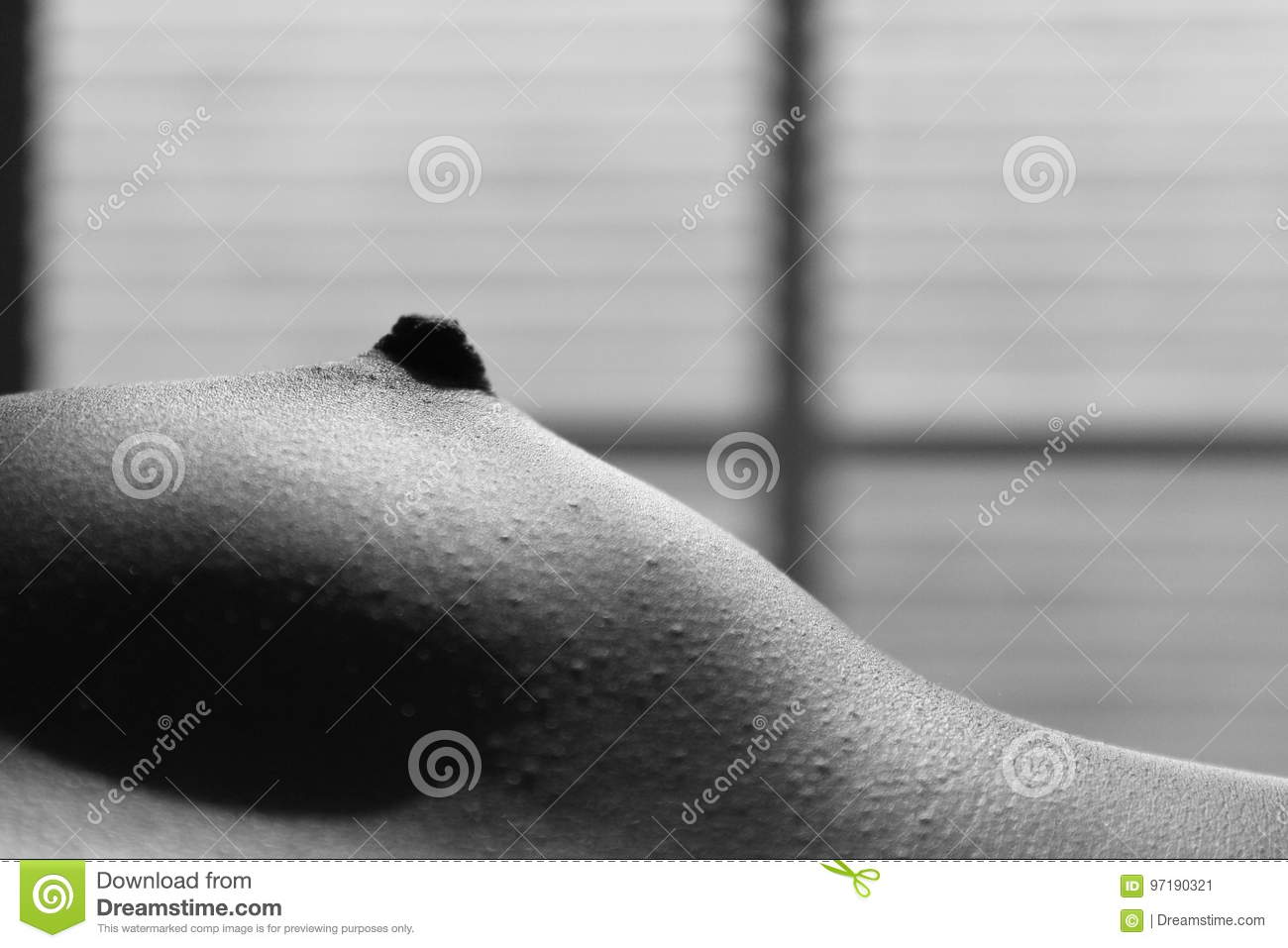The nipple has been the centre of controversy for many years now with Instagram usually censoring photos that expose the nipples.
The nipple just like other parts of the human body comes in a wide array of shapes, sizes, and types. This diversity in nipple variety is perfectly healthy, and a new study has shown that it might be teaching us more about how humans have evolved.
An Australian study that was published in January 2019 in “Adaptive Human Behavior and Physiology”, the range of diversity amongst female nipples is disproving a long-held evolutionary biology assumption.
Scientists from the University of Queensland recruited 63 Australian consenting college students (33 male and 30 female) between the ages of 18 and 33 to participate. They measured participants’ nipple size, including the areola, and found that on average, male nipples were smaller, just 36% the size of female nipples, according to Health.
According to the study, female nipples had much more diversity in size, even with various factors taken into consideration. According to Health, the variance in nipple size was found to be 38% for women and just 25% for men.
What makes the study an even more interesting one is that these findings are shaking up the evolutionary science community. According to the study, it was a widely held belief that low variation in a biological trait meant it was “functional,” and high variation (meaning the body part or trait could be very different from person to person) “implies weak or absent selection and therefore lack of function.”
The study went into the experiment calling the male nipple “non-functional,” assuming the researchers would find greater diversity in shape and size amongst the male undergrads. Natural selection, as it was long believed, would filter out the “weaker” traits, and create a standard of “useful” ones across the human species.
The study’s authors also called on a study published in 2008 from the journal Evolution & Development that claimed the variation in clitoris size, when compared to penises, rendered the female orgasm a non-functional side effect of the male orgasm. Despite these assumptions, it’s important to note the greatest function of female nipples is breastfeeding.
The lead author of a news release about the study, Ashleigh Kelly said,
“The finding that females nipples are highly variable discredits previous studies that indicate variation in a specific feature indicates a lack of functionality.”
In simple terms, what the study suggests is that differences in body parts or traits might not mean anything about how useful the part or trait actually is. It’s also a great reminder that your body is amazing no matter the shape or size.
Source: Guardian Newspaper




